Since the DXOMARK audio quality benchmark was launched a little over a year ago, we have evaluated the recording and playback abilities of a wide variety of smartphones. Whether aimed at the budget-minded customer or competing in the gleaming flagship arena, all of them are rounded up in the DXOMARK Audio ranking, allowing our readers to compare them from a global score perspective. But today we’re diving deeper into our protocol’s sub-scores to bring you the best smartphones for each audio use case, whether for listening to your favorite podcast in the background, playing League of Legends: Wild Rift on the go, recording your band rehearsal, video calling with a friend, or finally getting back to sports via that YouTube channel you’ve been eyeing for a while.
About this article: Note that this article only takes into account the audio results of the selected smartphones, not their display and/or video performances. For scoring and analysis in our smartphone audio reviews, DXOMARK engineers perform a variety of objective tests and undertake more than 20 hours of perceptual evaluation under controlled lab conditions. We evaluate both Playback and Recording using only the device’s built-in hardware and default apps. To know more about our use cases and how they’re used to evaluate each device’s performances, click here.
Best for listening to music and podcasts: Xiaomi Mi 10 Pro
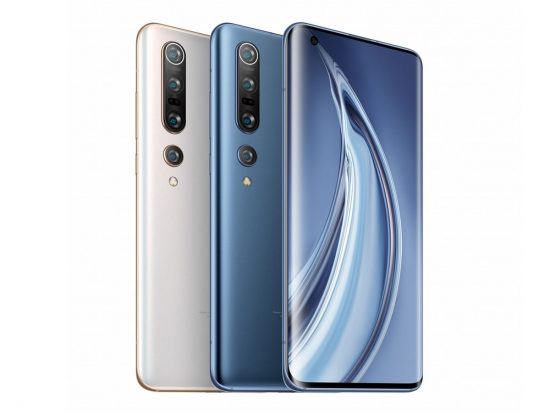
When it comes to evaluating a smartphone’s capability of playing back music, every sub-attribute counts. Timbre, of course, is the main ingredient. Bass for the mix’s foundation; midrange for most instruments’ (including the human voice’s) intelligibility and presence; treble for the sense of space, clarity and precision; tonal balance to make sure that no frequency range prevails over the others; and finally, volume dependency, to determine if the overall tonal result remains consistent regardless of the volume — everything matters. Dynamics, spatial, and artifacts attributes are also highly important. They tell us if the sound stage is wide enough and if the various instruments are easily localizable in it, if the stereo balance is centered, if the nuances — from pianissimo to fortissimo — are faithfully reproduced, and whether distortion or compression are spoiling the party. Finally, the volume sub-attributes indicate if the maximum volume is satisfying, if the minimum volume allows music information to remain intelligible, and if the volume steps sound natural to our human ear.
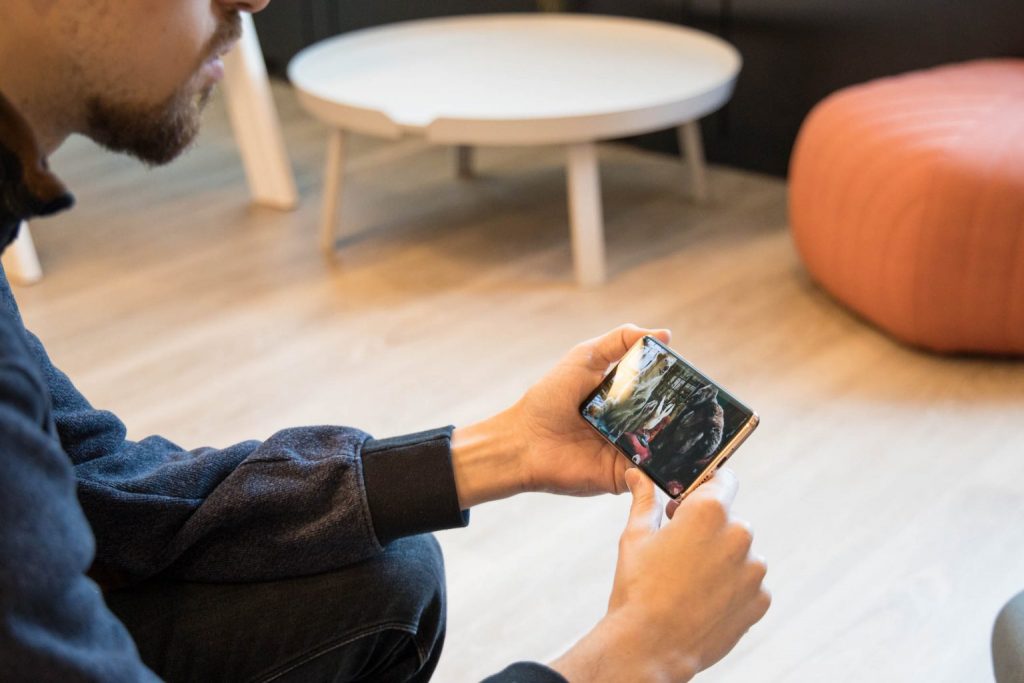
Obviously, a smartphone’s playback performance won’t ever come close to that of a good old hi-fi system, but despite their size, some devices still have a few tricks up their chips. In this regard, the Xiaomi Mi 10 Pro is the most skilled of all smartphones we have evaluated so far.
The Xiaomi phone’s overall score of 76 is anchored by an impressive 77 in our Audio Playback tests, due in part to category-leading sub-scores of 78 for Playback timbre and 77 for spatial rendering. The high timbre sub-score reflects the phone’s excellent tonal reproduction throughout our tested tonal range. In particular, it beats out our other leading phones for accurate bass reproduction.
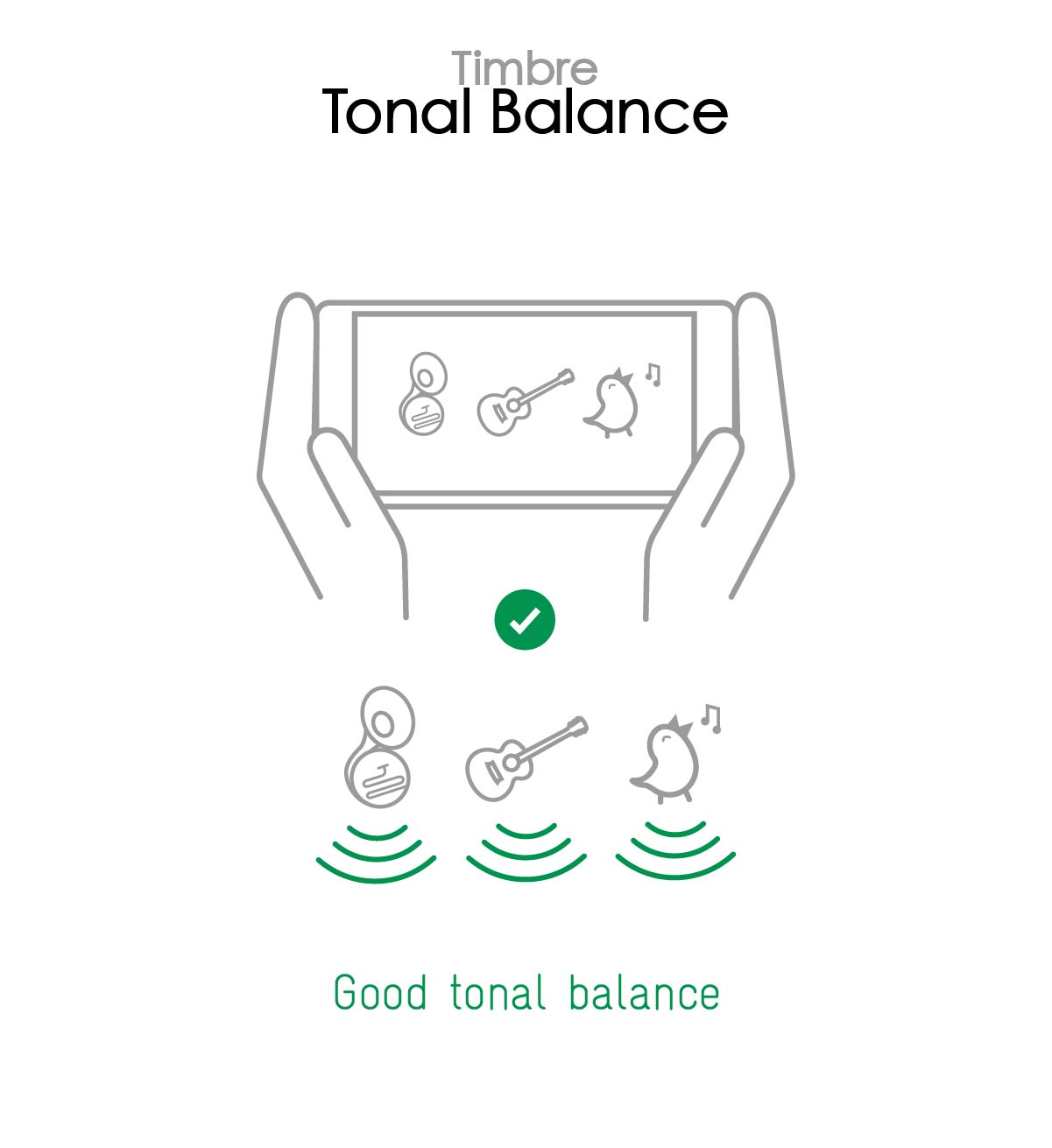
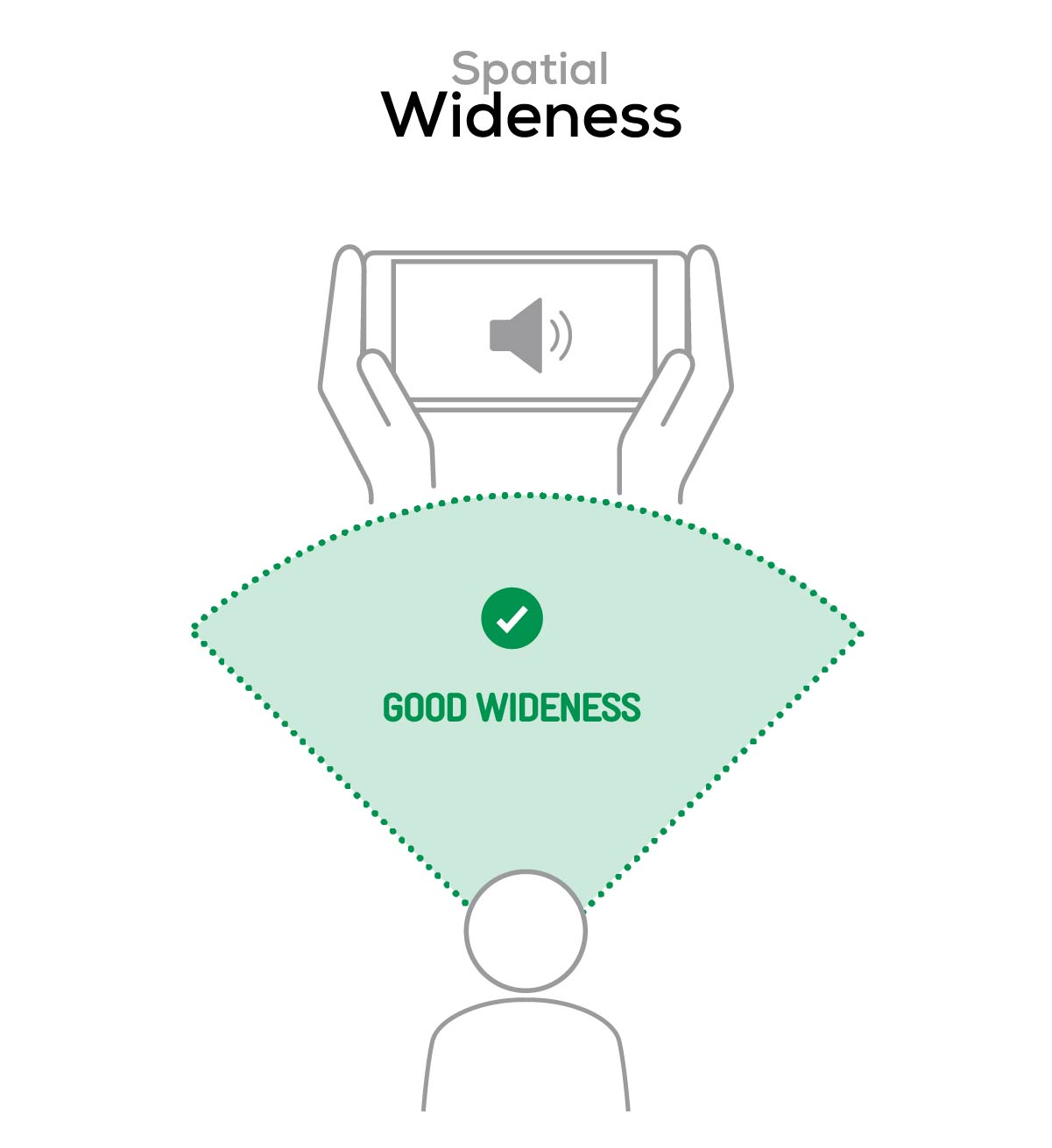
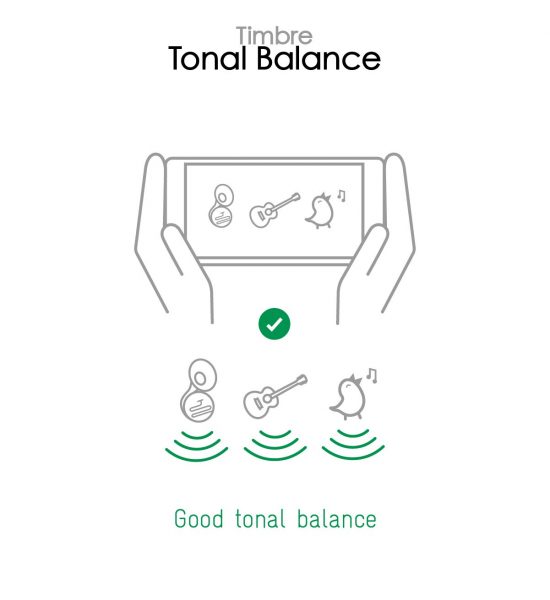
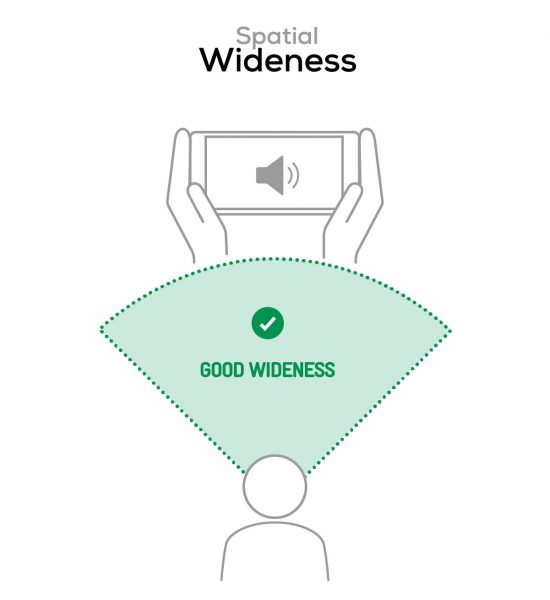
Excellent spatial reproduction thanks to its second speaker is a particularly pleasant development. Lovers of music will enjoy its impressive sound stage, which is both wide and provides good ability to localize musical instruments and other sound sources. It reproduces sound very cleanly, with minimal artifacts. Volume is solid, and volume steps are impressively natural.
Also consider:
Best for watching movies and series: Oppo Find X2 Pro
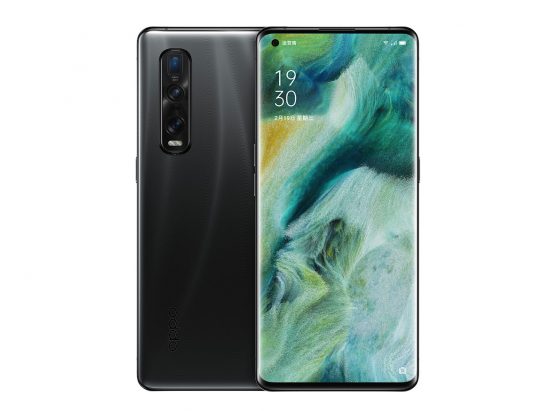
With certain exceptions, the criteria for evaluating the playback quality of movie dialogue, special effects, and soundtracks are quite similar to those for evaluation music playback quality. Most important is the timbre reproduction: while bass is crucial for sound effects, midrange is the voice’s domain, and treble quality is a very important component in the reproduction of space. Additionally, all spatial attributes (wideness of the sound field, balance between the left and right channels, localizability of the sound sources, and distance perception) as well as dynamics (punch, bass precision, and attack) are also highly important to the user experience. Compared to music playback testing, user-induced artifacts such as play/pause glitches and potential finger or palm occlusions play a bigger part in movie playback evaluation.
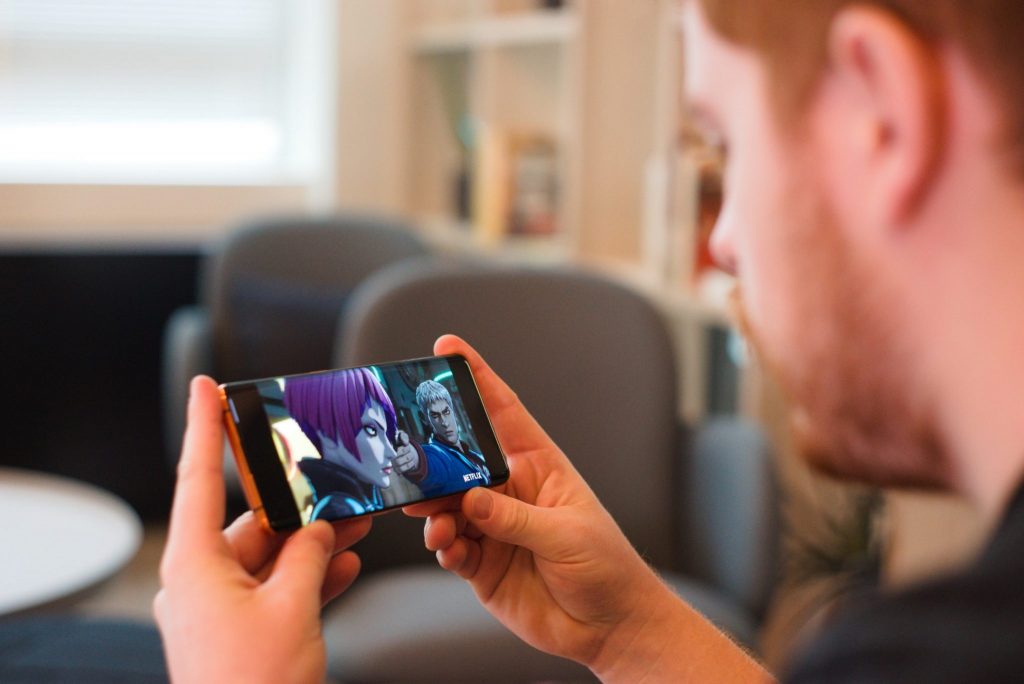
With a Playback score of 75, Oppo’s latest flagship is a fierce competitor in the audio ring. In keeping with our protocol’s movie use case imperatives, the Find X2 Pro delivers a great sense of immersion as a result of deep low-end extension, punchy sound, good overall spatial rendering with precise localizability, and very few artifacts. All boxes checked!
Also consider:
Best for gaming audio: Asus ROG Phone 3
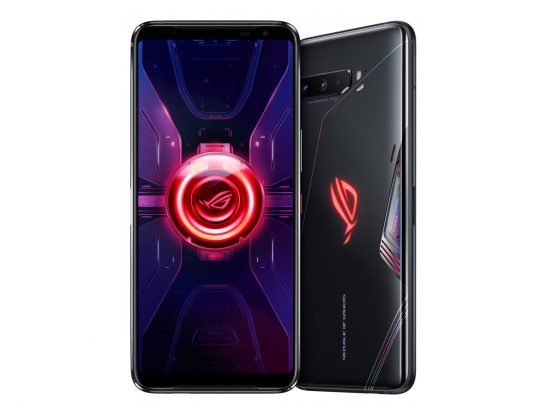
Artifacts, and in particular user-induced ones, take a prominent place in this category due to some speakers’ propensity for getting occluded by the user’s hands. It is also important that the smartphone delivers strong punch, good tonal balance regardless of the volume, and a solid overall spatial performance so as to offer an immersive sound experience.
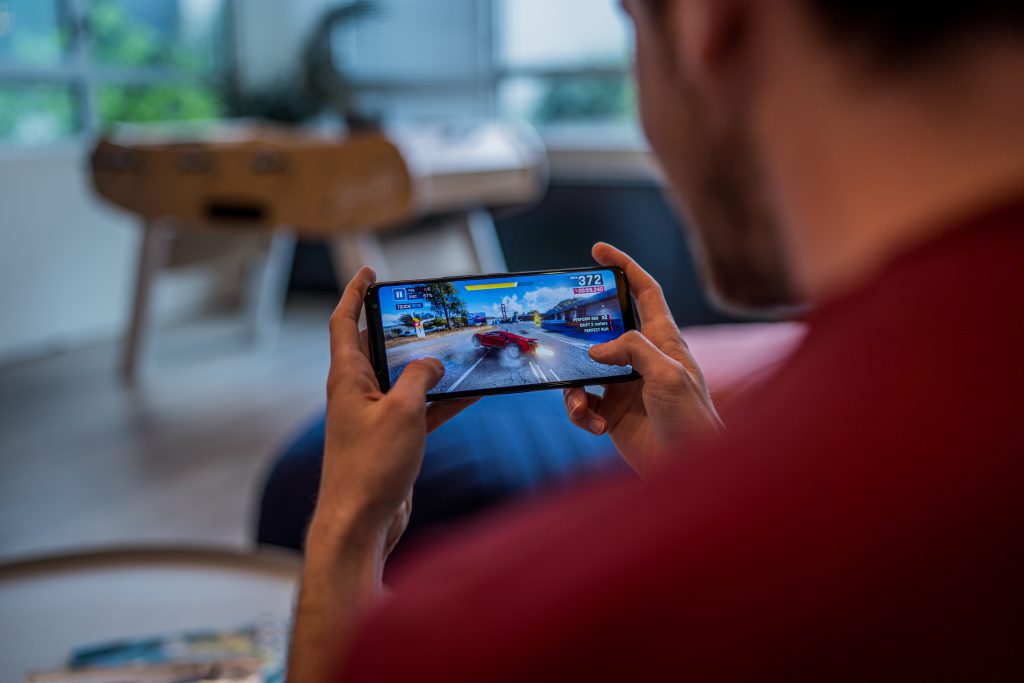
In this game, the ROG Phone 3 wins — which is particularly fitting, considering the ROG acronym stands for “Republic Of Gamers.” Asus’ high-end gaming powerhouse delivers a fine overall tonal balance, a very satisfying spatial reproduction, strong bass presence, good intelligibility even at minimum volumes, and an excellent artifacts performance. In the dynamics area, the ROG Phone 3 even ties score with the excellent Mi 10 Pro. And as is expected in this section, it is almost impossible to occlude the ROG Phone 3’s speakers when listening to music, watching movies… or playing games, of course.
Also consider:
Best for audio recording of life videos: Honor V30 Pro
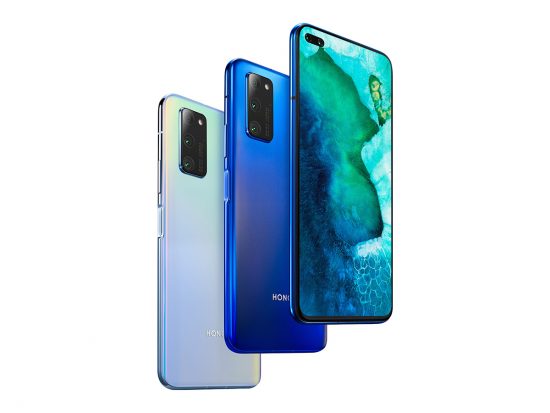
In recording tests, evaluating the audio quality of life videos is the equivalent of evaluating music reproduction in playback: all sub-scores are taken into account, without exception.
As ever, timbre is the most important component: all frequency ranges (bass, midrange, and treble) must be naturally reproduced, intelligible, and harmoniously balanced with one another — and all of this regardless of the captured sounds’ overall loudness. Precise, life-like dynamics along with controlled artifacts are also essential, and good spatial as well as volume attributes are valuable as well.
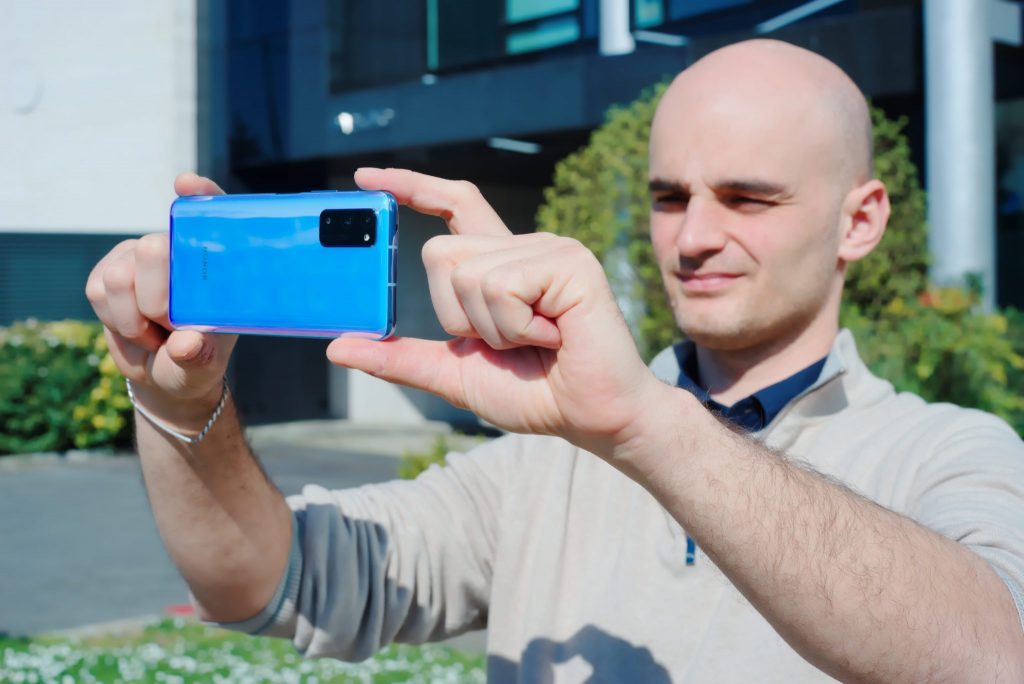
While the Honor V30 Pro’s Playback score is only middling due to its single speaker design, its recording results, whether in our life video scenario or across all use cases, are the best we have measured on any device to date. Indeed, Honor’s low-cost flagship exhibits an exemplary frequency response curve, outstanding dynamics, and excellent spatial rendering. Further, the overall recorded loudness is more than satisfying, few artifacts are noticeable, and background reproduction is very natural.
Also consider:
Best for recording selfie videos: Apple iPhone 12
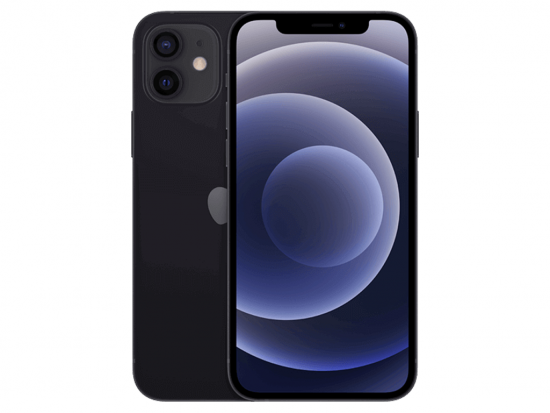
The criteria for evaluating audio quality in selfie videos are strictly the same as in life videos. However, the hardware and software selfie configuration (different tuning algorithm, position of microphones in portrait mode, etc.) results in different sub-scores: timbre can be more focused on midrange frequencies, the sound field can be narrower, and so on.
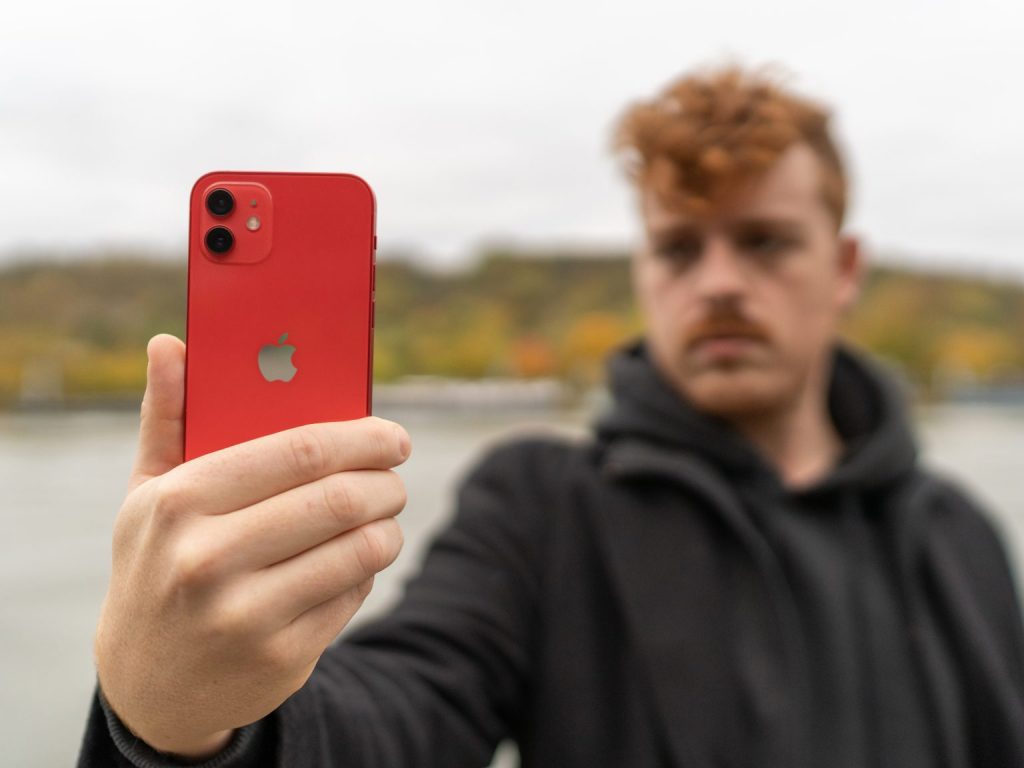
The freshly released iPhone 12 does a very good job at capturing audio in selfie videos. With the best dynamics and spatial sub-scores we’ve measured to date, it ranks highest in our selfie video scenario. Apple’s latest “classic” delivers an exemplary frequency response, sharp attack, efficient punch, satisfying loudness, excellent localizability, realistic distance rendering, and good wideness — even in portrait mode!
Also consider:
Best for recording live concerts: iPhone SE (2020)
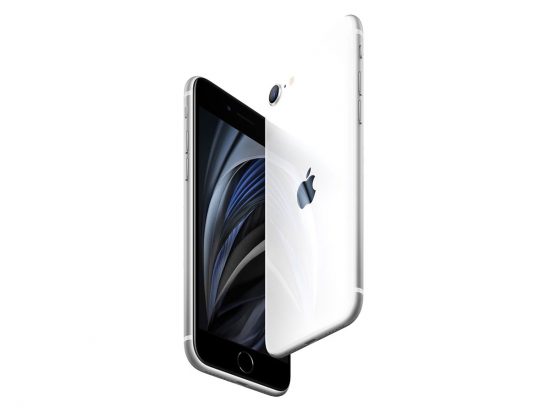
Sure, during 2020 concerts were mostly delivered straight into our living rooms, topped by whatever edibles and/or drinkables were available to make things a little more festive — but it’s not a crime to dream! To deliver decent concert recordings, a smartphone must be able to endure an elevated sound pressure level before starting to exhibit noticeable sound artifacts (such as distortion or aggressive compression) and to capture every frequency range (bass, midrange, and treble) in an equal and intelligible manner. Dynamics are also paramount for reproducing a precise and nuanced life-like experience. (If you’d like to hear the differences in audio recording between several smartphone models in a live concert environment, feel free to check out our dedicated article.)
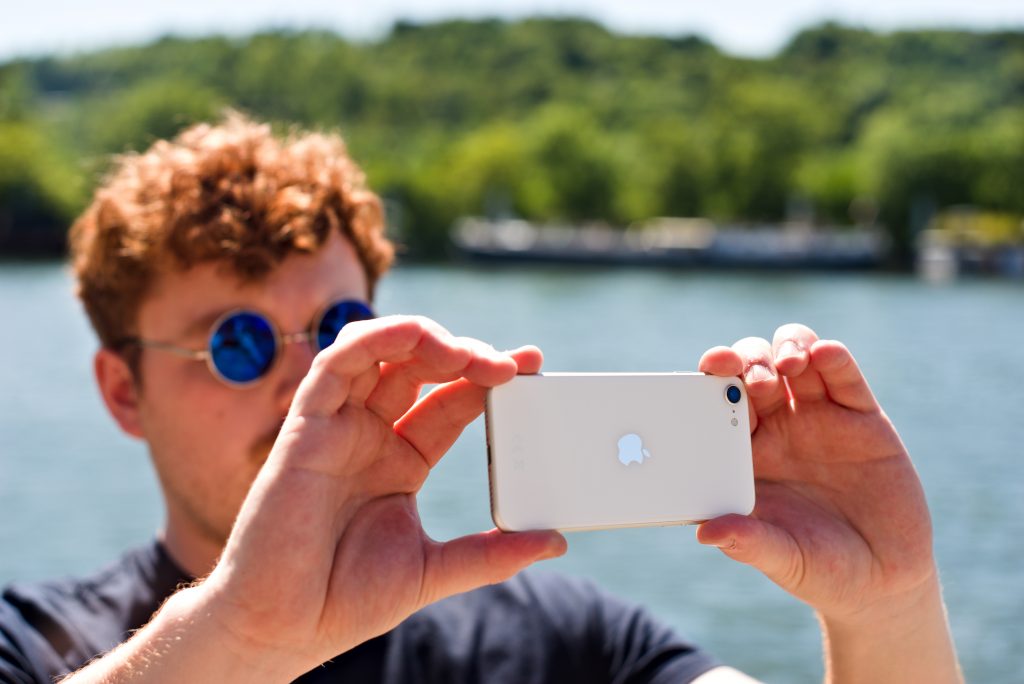
In the electronic concert category, the best performance award goes to the iPhone SE 2020, outshining many of its Cupertino siblings in almost every category. Thanks to a very well balanced timbre performance, natural midrange reproduction, very few artifacts, and excellent dynamics, Apple’s Special Edition earns the highest sound envelope sub-score measured to date in our electronic concert scenario, as well as second-to-best Recording timbre and artifacts sub-scores. Further, its maximum reachable SPL without noticeable distortion is very high, an essential quality for recording live concerts.
Also consider:
Best for recording memos and meetings: Huawei P40 Pro
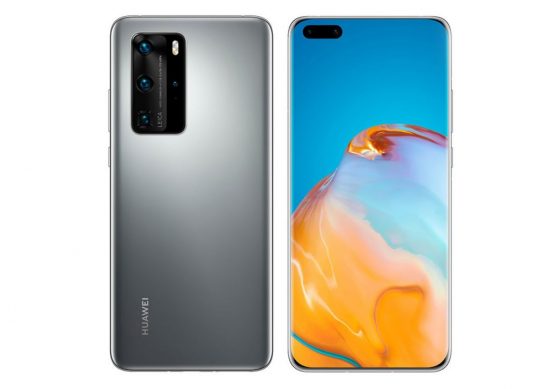
Essential sub-attributes for evaluating the audio quality in memo and meeting recordings are fairly similar to those for other use cases. In order to recognize and understand the person talking, voices must be naturally and faithfully reproduced. Consequently, good timbre performance is imperative, especially when it comes to the reproduction of midrange frequencies. Well-preserved dynamics are also important (the sound envelope in particular), and so is keeping sound artifacts (such as distortion and compression) to a minimum. Finally, loudness in memo and meeting recordings must be above -24 LUFS.
That said, there are a few specific sub-attributes to take into account: for example, when evaluating audio quality in memo recordings, our sound engineers check for possible occlusion of the microphones by the user’s fingers and/or palms. When recording a meeting, however, the microphones must be omnidirectional: in other words, voices coming from all directions must be equally audible.
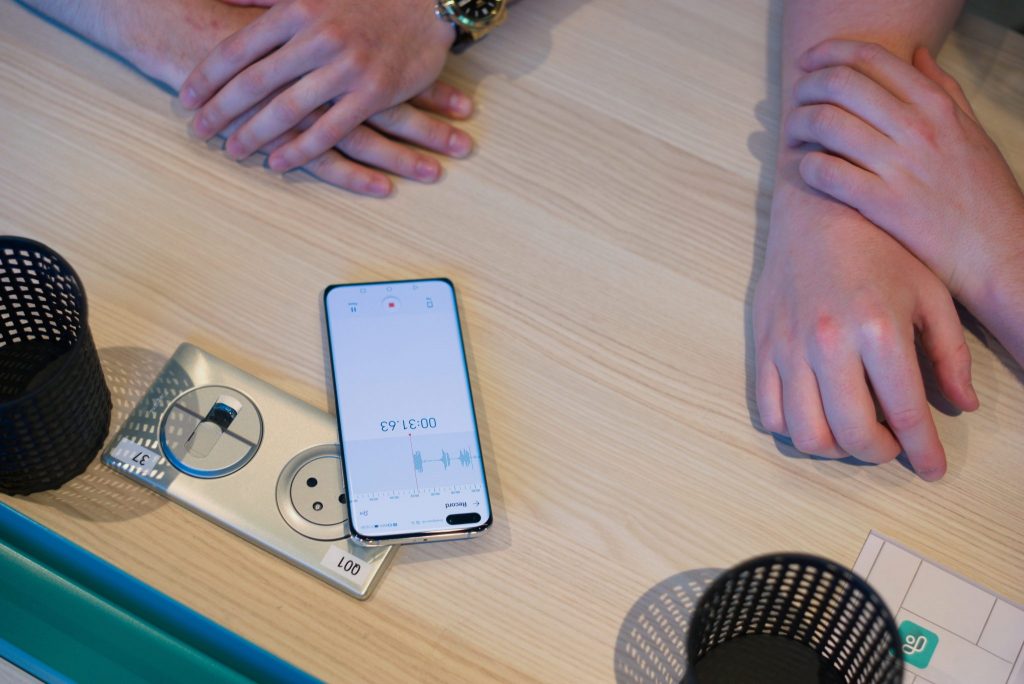
The Huawei P40 Pro combines all these qualities. As with the Honor V30, the P40 Pro’s global score is considerably lowered by the device’s single speaker design. However, its recording score reached an impressive 74, ranking first of all the phones we have tested so far in both our meeting and in our memo scenarios: besides a great timbre performance, the recordings exhibit well-preserved dynamics, good loudness, and no noticeable spectral or temporal artifacts.
Also consider:



DXOMARK encourages its readers to share comments on the articles. To read or post comments, Disqus cookies are required. Change your Cookies Preferences and read more about our Comment Policy.